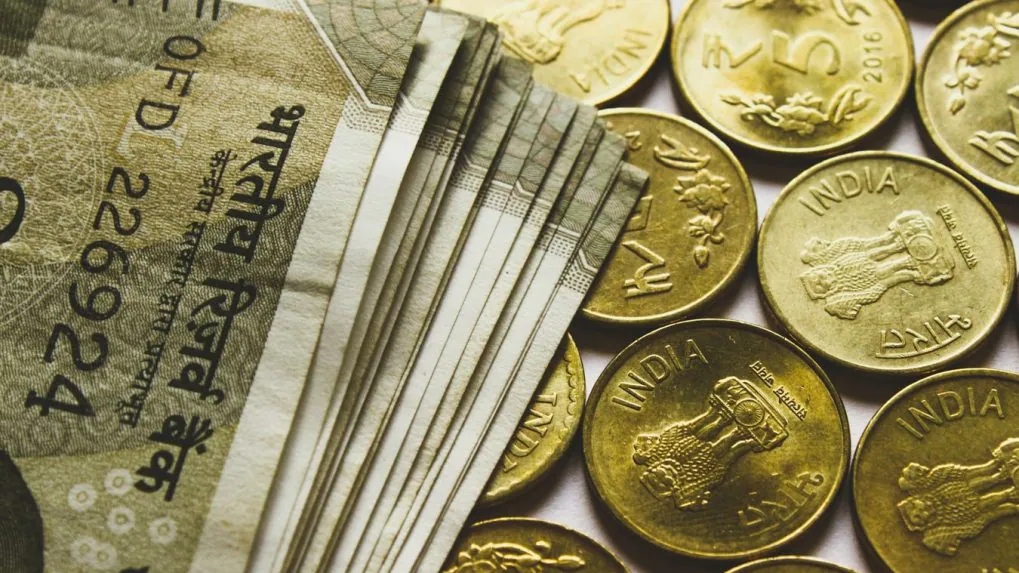- April 6, 2020
- Posted by: Amit Pabari
- Category: Currency

A lot has changed over the past month. In financial markets, there is a proverb “when the US sneezes, the world catches a cold”.
A variation of this has come true with the entire world catching the proverbial cold, including the US, from the coronavirus. As the number of positive cases rises across the globe, fears of an economic meltdown and an outright emergency are weighing in on markets.
The lockdown can severely impact global systems and trade could soon come to a standstill. The repercussions of this would be deep and reflect on industries across various sectors in the long term. However, the following sectors would witness an immediate impact.
Manufacturing
Manufacturing has emerged as one of the high growth sectors in India. Under the ‘Make in India’ program, India is expected to become the fifth largest manufacturing country in the world by the end of the year 2020 wherein, Government aims to achieve 25 percent GDP share from 16 percent, and to create 100 million new jobs by 2022. With economic activity coming to a halt, the manufacturing sector and exports will be impacted leading to unemployment and the aim to achieve 25 percent to GDP shall remain distant.
Tourism and Hospitality
Tourism is also a potentially large employment generator besides being a significant source of foreign exchange for the country. The joblessness in India shall begin with the hospitality industry accounting for a sizeable portion of job losses. According to The World Travel and Tourism Council, tourism generated $240 billion or 9.2 percent of India’s GDP in 2018 and supported 42.67 million jobs which are 8.78 percent of its total employment. India is also the third-largest globally in terms of investment in travel & tourism with an investment of $45.7 billion in 2018. Hence, COVID-19 shall severely impact foreign investments in this sector.
SMEs, MSMEs & Labor-oriented sectors
Other than that, most of the migrant workers from the metro cities have returned to their native places in search of food and shelter and till such time a majority of migrants return to join the workforce, the SMEs, MSMEs and other labor-oriented sectors will have to face a tough situation adding to the economic stress. Core industries may face demand compression at least for the next two quarters.
Further, the global cues too remained unsupportive. The unemployment data released by the US labor department on Friday reflected the grim situation facing the US economy. As the damage to the global economies continues to unfold, the deepest global recession in history might have arrived. This is not the first time the Indian markets have been falling and rupee is depreciating, but this time the fall seems to be the sharpest amongst all as explained below.
Historically, we have seen that Indian rupee is very vulnerable to global events and today’s situation is not surprising. As seen from the above chart, it should be noted that the domestic currency had depreciated by approx. 33 percent against the dollar between 2008-09, 30 percent in 2011-12, 28 percent in 2013-14 and around 18 percent between 2018-19. Considering the sharp depreciation of the rupee in the above said periods, it can be said that there is still way ahead for further depreciation amid the various adverse factors on the internal and external fronts.
Since the beginning of 2020, the rupee has plunged by nearly 6.91 percent to 76.23 from 71.30 levels while Nifty dropped to nearly 7,600 from a record high of 12,430.50 on the fear that world might have entered into a recession.
What’s next?
As mentioned above, the current lockdown might impact many industries across various sectors, at this time it is difficult to say how deep and lasting the wounds would be and how long will the fall in markets and currency continue.
The uncertainty is limitless because currently there is no vaccine proved on humans that could calm the markets for them to take a breather. Hence the investors are looking to liquidate their positions and increasing their dollars holdings. Although, the central bank has been very active to ensure that the coronavirus pandemic is mitigated on our economy. It has ensured that there is enough liquidity as it aims to contain any wild move in the market but has failed as market participants pull the rope on their side in the tug of war contest.
The Indian market has entered the new financial year and has to face the global recession as India is not insulated from the recessionary impact at least for the April-June quarter. Also, India has crossed two-third of the lock-down period, and the number of infected cases and deaths have been continued to rise. During the remainder of the lock-down period, the currency and stock markets may remain vulnerable to the headwinds.
Here, RBI has been intervening in every possible way to curb the outflows from the market and to prevent deprecation in the rupee. Despite that, the pair hasn’t sustained the strength as there is overall dollar demand led by outflows and buying pressure by importers.
Last week, in addition to the measure, RBI shortened market trading hours from 7-4-20 to 17-4-20 for both bonds and forex to 10 AM to 2 PM to mitigate the operational and logistical risks arising due to outbreak besides limiting the currency and price volatilities in the market place.
Therefore, the rupee shall remain less volatile but since the demand for dollar remains firm and outflows continue, there is a higher possibility for the pair to jump towards 76.50-77.00 levels in the coming days.
Leave a Reply
You must be logged in to post a comment.





